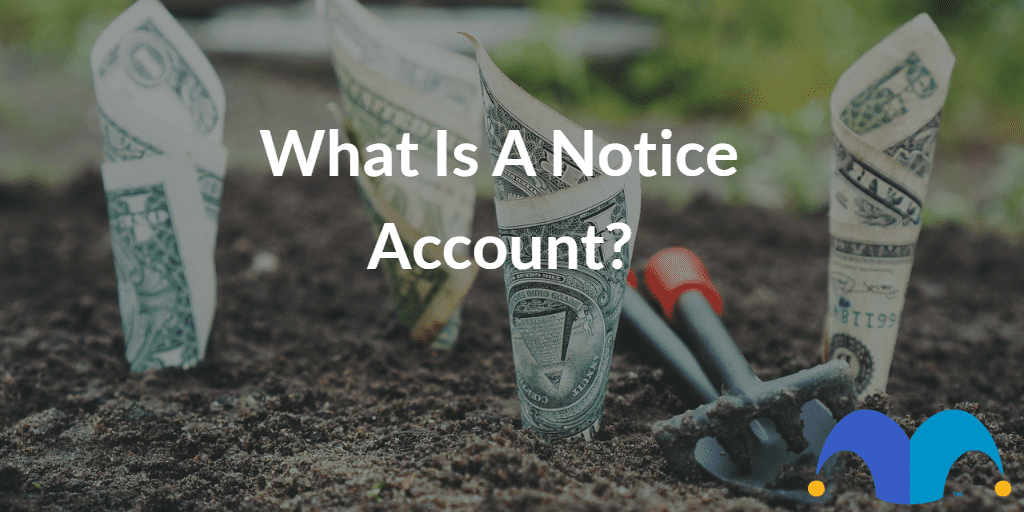There are many different types of savings accounts out there. It can be difficult to decide which is best for you. Notice accounts often get overlooked. In fact, a lot of people haven’t heard of them. If you’re one of them, don’t worry. This article will run down everything you need to know about opening and using a notice account.
What is a notice account?
The clue is in the name. A notice account simply requires you to notify your bank or savings provider before you make a withdrawal.
In return, you will generally get a higher interest rate than you would with an easy access savings account.
The amount of notice you will have to give will depend on the terms of your account. The shortest notice period is generally 30 days, and the longest can be 120 days.
With a notice account, there may also be a limit on the total number of withdrawals you can make in a year.
You will typically agree a fixed term for your notice account. At the end of this term, you’ll be able to access all your money.
Read the small print carefully before opening a notice account to make sure you don’t get caught out.
What are the benefits of a notice account?
The potential for higher interest rates is one of the top benefits of having a notice account.
Aside from that, not being able to take your money out whenever you fancy is also up there. Removing the temptation to spend your savings can be really beneficial if you struggle to put money away for long periods of time.
Notice accounts are particularly good if you have long-term savings goals. If you’re saving for a house deposit or a holiday, for example, and you know when you’ll need the money, notice accounts can be helpful.
If you chose to open a notice account, it may also be worth having a separate easy access savings account to cover any emergency expenses. Make sure you have enough money readily available to pay for emergency car repairs or a new washing machine if it breaks down.
Are there any disadvantages?
The obvious disadvantage is that you have to give notice before you withdraw your cash. This can be an issue if an unforeseen expenditure crops up.
You never know when your car is going to break down, so it’s very difficult to give at least 30 days’ notice before you can access the money needed for repairs. There’s a chance you’ll need your car to get to work the next day.
You may also be charged a penalty for withdrawing money from your notice account early. This will usually mean giving up the interest on your savings. But, some accounts may also take a small percentage of your initial deposit.
With some notice accounts, the size of the penalty may decrease the longer you use them. However, with these accounts, you might not be able to access your money at all for the first year.
Any penalties will obviously cost you financially, but they can also be demoralising and put you off saving.
If there’s a chance you’ll need quick access to your money during the account term, a notice account probably isn’t for you.
Is there anything else to consider?
Notice accounts typically pay higher returns than easy access accounts, but this isn’t always the case. So, make sure you compare the rates available from other types of accounts first.
It also doesn’t necessarily follow that the longer the notice period, the higher the interest rate. It is perfectly possible to find a notice account with a 30-day period that offers higher interest rates than one with a 60-day notice period.
